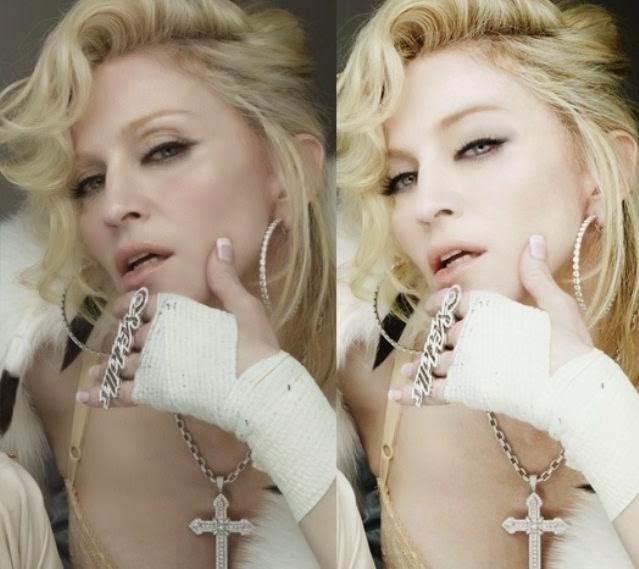In 2008 Dove produced a clip as
part of their Self-Esteem Fund and BodyTalk program (Dove Self-Esteem Fund,
2008). The clip demonstrates the artificial nature of media images and how
misleading they can be. You see the woman in the clip being altered, adjusted
and enhanced from her natural shape and features.
We all know how media images of
perfectly formed women are very damaging. The more we are exposed to these advertisements,
the more damage they do to our self-esteem. Research suggests if we can target
young teenagers early, we can reduce the likelihood of the negative media
images impacting their self-esteem. And ultimately reduce the likelihood of
internalising disorders, such as depression and anxiety.
Halliwell, Easun and Harcourt
(2011) got girls aged 10 to 13 to either watch the Dove intervention or a
control immediately before viewing thin idealized models. They found those who
did not view the Dove clip reported higher body dissatisfaction and lower body
esteem. But – those who viewed the Dove clip were buffered from the negative
exposure to the models.
So - thanks to Dove, the video
clip can help educate young teenage girls who are most vulnerable to the
negative effects of thin idealised media images.
References:
Dove Self-Esteem Fund (2008).
Self-esteem workshop guide. Kingston Upon Thames, UK: Beat & Lever Faberge Ltd. Retrieved from www.dove.co.uk/#
Halliwell, E., Easun, A., &
Harcourt, D. (2011). Body dissatisfaction: Can a short media literacy message
reduce negative media exposure effects amongst adolescent girls? British journal of health psychology, 16(2), 396-403.
Written by Tash Morris

















